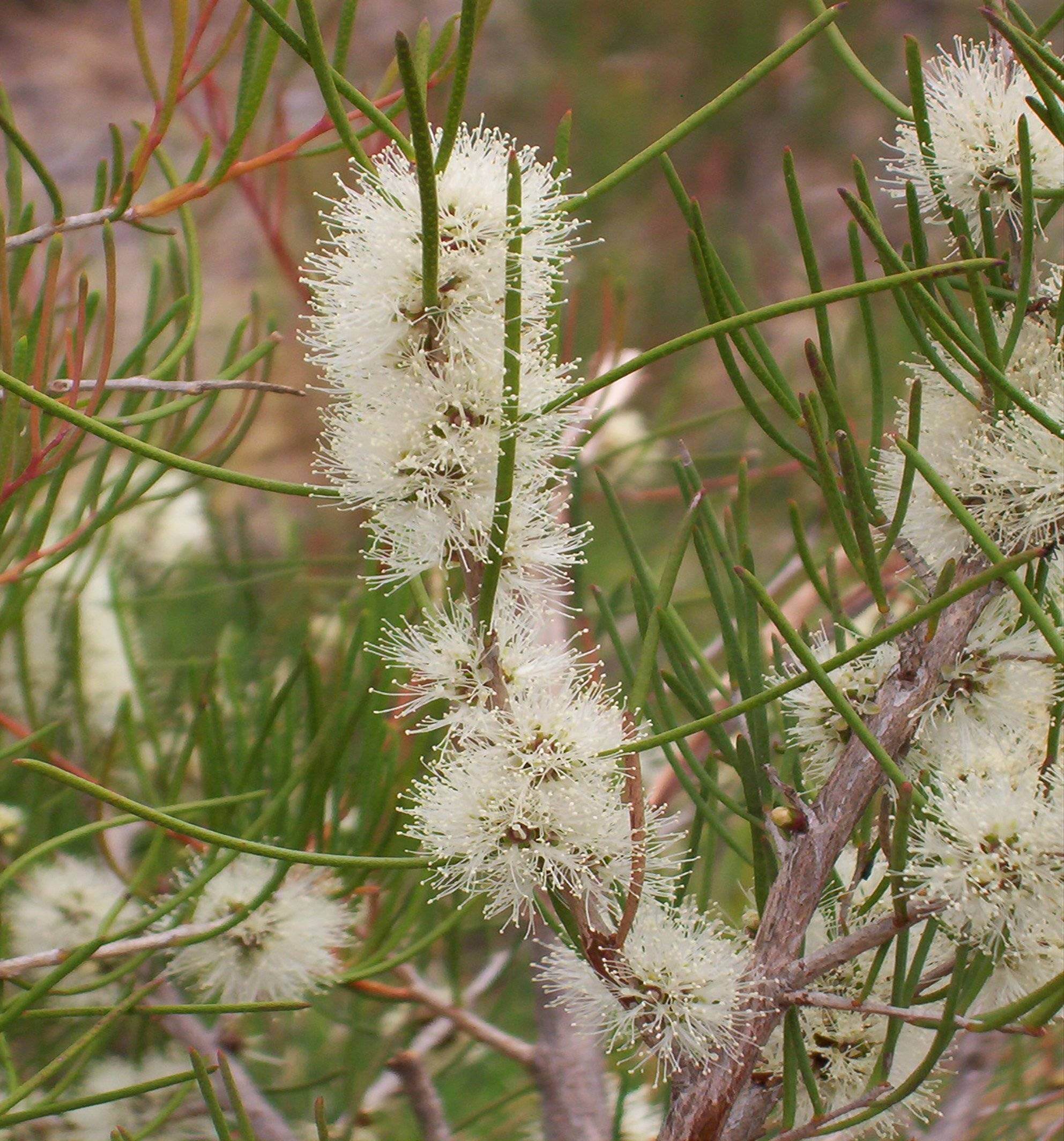Sustainable Roots: The Foundation of Australian Sandalwood
Australian Sandalwood, scientifically known as Santalum spicatum, is celebrated for its sustainable practices, managed primarily through the Western Australian State Government body FPC.
The Role of Western Australia Forest Products Commission (FPC)
The Western Australia Forest Products Commission (FPC) plays a multifaceted role in the preservation and harvest of Australian Sandalwood, striving to balance commercial viability with ecological sustainability. The FPC's activities are governed by the Forest Products Act 2000, the Biodiversity Conservation Act 2016, and related regulations. They operate under a harvest limit for wild native sandalwood, set on advice from the Minister for Environment.
Sandalwood Management Plan (SMP)
-
- The FPC operates under a comprehensive Sandalwood Management Plan (SMP), which outlines its approach to managing wild sandalwood on Crown lands and aspects of its plantation sandalwood estate.
- The SMP aims to ensure a sustainable rate of harvesting to maintain the productive capacity of the wild sandalwood resource, promoting improved resource utilisation and regeneration activities.
- The SMP covers: commercial harvesting, regeneration, marketing, and sale of wild sandalwood native to Western Australia. They manage the harvest of up to 2,500 tonnes of wild sandalwood each year, primarily from semi-arid and arid rangeland areas. This harvest typically consists of approximately 50% green sandalwood (live trees) and 50% dead sandalwood.
- Certification and Compliance: Wild sandalwood harvested by the FPC is certified to international standards for Environmental Management Systems (EMS ISO 14001) and Chain of Custody certification under the Program for the Endorsement of Forest Certification Standard (PEFC ST) 2002:2020. This provides assurance that their practices undergo rigorous, independent environmental review and that products originate from responsibly managed forests.
 Regeneration Programs
Regeneration Programs
Recognising the poor natural recruitment of wild sandalwood due to factors like overgrazing, drought, fire, and the disappearance of small marsupials (like the woylie, which disperse seeds), the FPC has implemented significant regeneration efforts. Based on research showing the woylie's role in scatter-hoarding seeds, the FPC developed a mechanical process to mimic this behaviour. Through "Operation Woylie," they plant millions of seeds annually in mechanical rip lines.
Socio-economic Benefits
The FPC also engages Aboriginal contractors to plant sandalwood seeds in various environments and land systems within the Rangelands, fostering Aboriginal economic development within the industry.
Future for Sustainable Australian Sandalwood
The FPC invests in research to understand sandalwood ecology, including the role of marsupials in regeneration, and conducts resource and regeneration assessments to monitor the health and viability of sandalwood populations. They also utilise technology, such as hyperspectral imaging, to identify wild Sandalwood.
The future of sustainable sandalwood harvesting in Australia is promising. The global demand for ethically sourced products aligns with sustainable practices, allowing Australian Sandalwood to thrive internationally.
Reach out to us if you have any questions or would like to know more about Australian Sandalwood.



No Comment